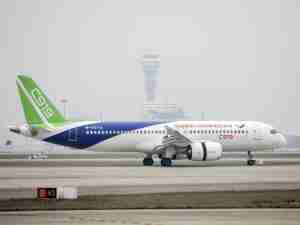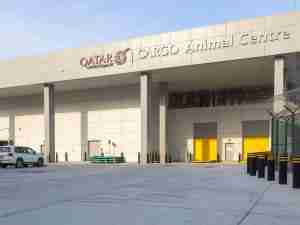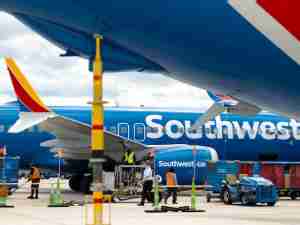The vision is to create central eastern Europe's largest and most efficient air cargo and logistics hub, within an integrated commercial zone at the airport, which is expected to be a major stimulus for economic development within and around Budapest, Hungary, and the region. With strong economic growth expected to continue in central, eastern and south-eastern Europe for the foreseeable future, the aim is for Bud Cargo City to provide a world-class air logistics facility to enable high-tech and high-value industries to connect efficiently with international supply chains and markets, encouraging more of these kinds of companies to locate close to the airport.
Led by a convergence of globalization, digitization, and aviation growth, competitive advantage in the speed-driven, globally networked new economy lies in networks of globally dispersed companies, whose integrated supply chains move by air the products of the new economy - typically small, light, or high value-to-weight parts, components and assembled products. Air freight is also essential for the development of other export-orientated industries that are important to the Hungarian national and regional economies, such as the life sciences and pharmaceutical sectors, where speed of delivery is also of critical importance.
Air cargo is estimated to be responsible for carrying 30-40% of world trade by value, despite making up just 1-2% of traffic volumes, reflecting the vital role that air freight has in the transport and distribution of high-value goods. Research has also consistently shown that there is a strong correlation between air cargo growth, international trade, and overall economic growth of a country or region, with air freight widely seen as both a driver and beneficiary of economic development.
Construction of the first two new cargo terminals at Budapest Airport, to be built next to the Passenger Terminal 2, is expected to begin within weeks, with completion expected in late spring 2012. This first phase will provide around 22,000 sqm of new cargo and logistics warehouses and 8,000 sqm of offices, although a total of 12 cargo terminals are planned to run along the length of Runway 2, with a total floor space of 140,000 sqm. These will be built as demand develops.
Around half of the space within the first two terminals has already been allocated to tenants, with Mal'v Cargo Handling and 'elebi Ground Handling becoming the major cargo handling customers, taking a total of 10,000 sqm, including office space of more than 1,000 sqm.
The 60-hectare on-airport area that has been set aside for the Bud Cargo City development as a whole also provides space for a huge number of additional logistics facilities, including airside, landside and customs areas, plus around 50 hectares in a unified commercial zone. These are expected to be popular among freight forwarding, logistics, express, courier, and manufacturing and assembly customers. A new international mail sorting and distribution centre for the Hungarian postal operator Magyar Posta, was completed last year.
One of the aims of the project is to take advantage of Bud Cargo City's ideal location within central eastern Europe, at the centre of a highway network that spreads in all directions, providing easy access to the more than 13 million people living within a 3-hour radius, and millions more beyond. Hungary has seven immediate neighbouring countries. Although the airport's catchment area for air cargo includes 20 countries within the average trucking distance of 1,000 km, and all the major cities of central eastern Europe are less than 600 km aw











